Scammers are finding new ways to steal unsuspecting users’ sensitive details and financial data. One scam that’s been making the rounds on WhatsApp involves USPS (the US Postal Service) where scammers pose themselves as the postal service to send messages to users to obtain their personal information and steal money from them.
If you’re wondering if a recent WhatsApp message you received from “USPS” is genuine, it clearly isn’t and we’ll explain why in detail.
Does USPS use WhatsApp for order updates?
No. The US Postal Service doesn’t use WhatsApp as a means to communicate with users. If you received unsolicited messages on WhatsApp claiming to be from USPS with a suspicious link, you should steer clear of it. The US government classifies these messages under “Smishing” which is a form of phishing where you receive a deceptive message scripted to lure you into sharing sensitive information like your contact number or residential address.
USPS only sends order updates via text messages, meaning these messages won’t be sent to you via WhatsApp. You will only receive order updates from USPS when you personally request via a text message or by registering a request for tracking packages on their official website. This means you won’t receive messages for any of your packages unless you personally request such a service by submitting your tracking number.
Additionally, USPS uses 5-digit short codes to send order information and status to users when they request it. If you receive a suspicious message from an unknown number, do not respond to it or interact with it in any way.
Does USPS send you delivery messages on WhatsApp?
No. USPS doesn’t communicate via WhatsApp at all. You will only receive delivery messages via SMS and that too will only happen when you initiate a text message from your end or register for tracking packages on usps.com. At no point during your package’s transit, you would receive a message with a link, so any message claiming to be from USPS with a suspicious link is a phishing/scam message.
How does USPS communicate with you?
The US Postal Service will not communicate with you in any way unless you’re the one who initiated a request to track your package by sending a message or submitting a tracking request on its official portal. If you had personally requested the order status to USPS’s official routes, you will get an SMS from a 5-digit short code that USPS uses to send text messages. USPS doesn’t communicate on any other app like WhatsApp at any point in time.
To receive official communication about your package directly from USPS, you can send a text to 28777 (2USPS) with your tracking number as the content. The subsequent reply from USPS will contain the latest tracking information for your package. You can also use different keywords like “Delivery”, “Pickup”, and “Help” to obtain specific information about your package. You can view the full set of keywords you can use from this link.
How do you spot a fake USPS message?
When you send a request to USPS for tracking your package, the response for such a request will contain the following details:
- Sender name, i.e., USPS
- Tracking number with ZIP code; it may not contain routing information at the beginning for safety
- Status (picked up, in transit, delivered, notice left)
- Date, Time, and Location
- Instructions to stop receiving further messages
A typical text tracking response as shared by USPS would thus look like this: USPS 01123456789123456789, Available for Pickup 4:55am BOWIE MD 20701 Reply STOP to cancel
If you think you received a smishing message and it claims to be from USPS, here are a few ways you can spot a fake message from an original one:
- You won’t receive delivery or order information from USPS without initiating a request for that yourself.
- Messages from USPS will arrive as text messages, not on WhatsApp or any other app.
- USPS will only send SMS from a 5-digit short code, so you won’t see a full phone number with any country code appear inside a legitimate message.
- Messages from USPS will not contain a link at all.
- Some of these messages may contain weird emojis or informal language, neither of which may be used in USPS’ original communication.
- At no point will USPS request sensitive information like your name, Social Security number, date of birth, bank information, personal identification numbers (PINs), or other personal details.
- Smishing messages may contain an incorrect order tracking number that’s entirely different from your original tracking number.
- Scammers may send deceptive messages claiming that your package was undelivered due to a wrong or incomplete address, missing house number/ZIP code, etc. These messages are scripted tactically to create a false sense of urgency and force you to act on it.
- If you’re expecting a package from USPS, you can manually track it by entering your consignment number on this page – tools.usps.com/go/TrackConfirmAction_input. Here, you can check the status of your package yourself and you can be certain that this piece of information is correct as it’s the only official tracking tool available from USPS.
What should I do if I receive a message disguised to be from USPS?
If you receive a suspicious message that claims to be from USPS carrying unknown links and incorrect information,
- DO NOT click on a link you receive from such a number.
- DO NOT reply or interact with this message in any way.
- Avoid sharing your personal and sensitive information with the sender.
- Forward this message to 7726 (this is the official US Postal Inspection Service’s reporting number).
- Report this message with a screenshot by sharing an email to USPIS (email: spam@uspis.gov). In this email, share the URL that you received inside the message without clicking on it along with all of the message’s content. Make sure the screenshot you share contains the phone number of the sender along with the date when it was sent to you.
- Additionally, you can also report scam messages to the Federal Trade Commission and FBI’s Internet Crime Complaint Center by sharing screenshots and text content of the messages you received.
That’s all you need to know about whether USPS uses WhatsApp to share delivery updates.

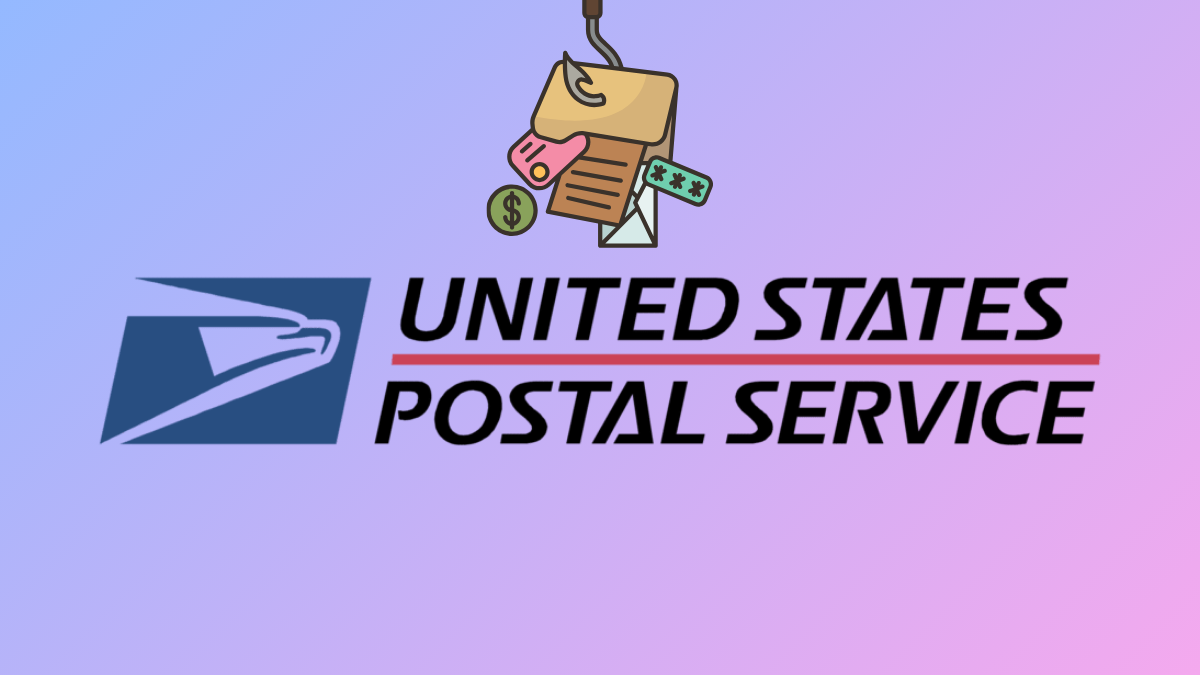



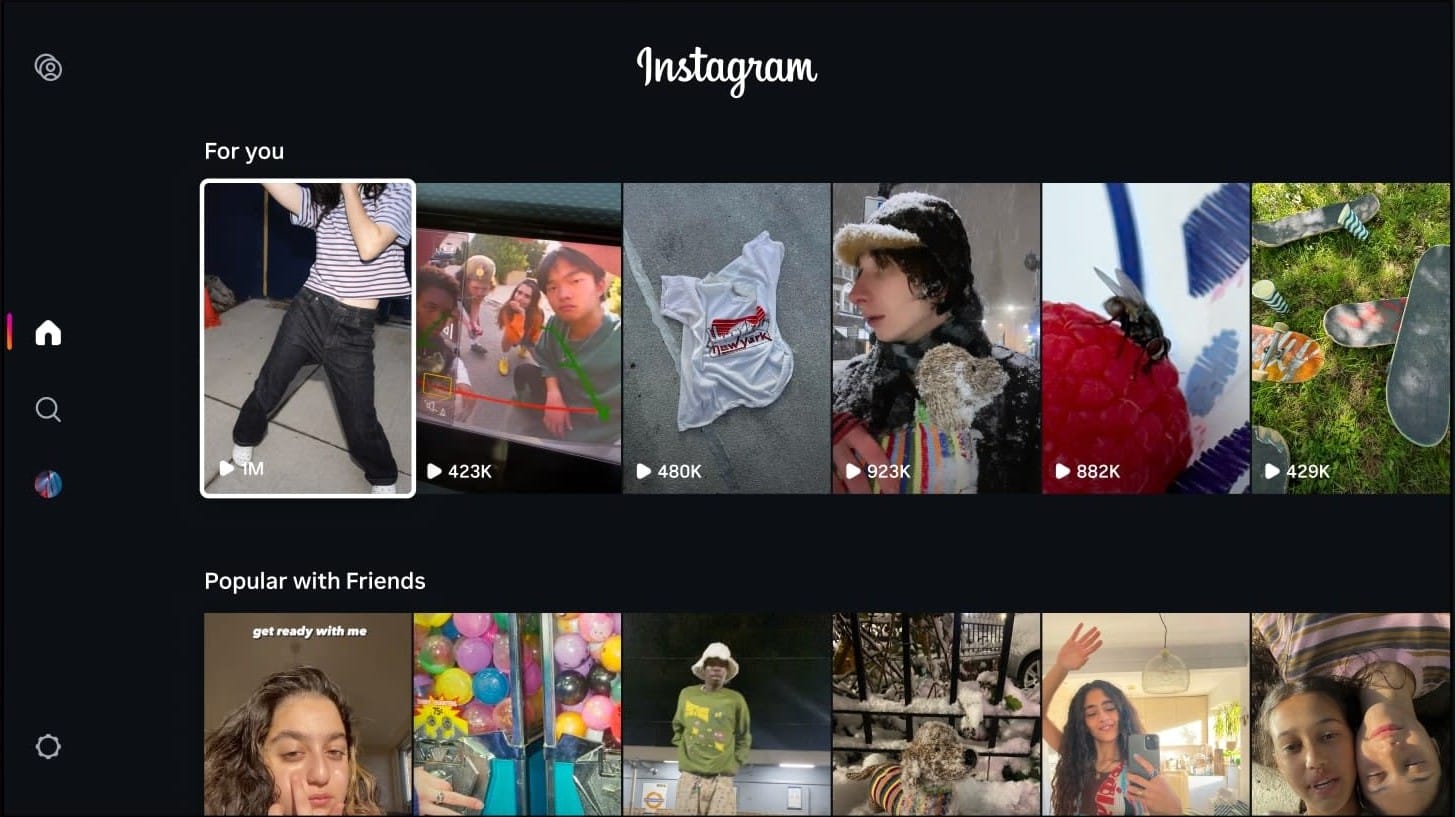



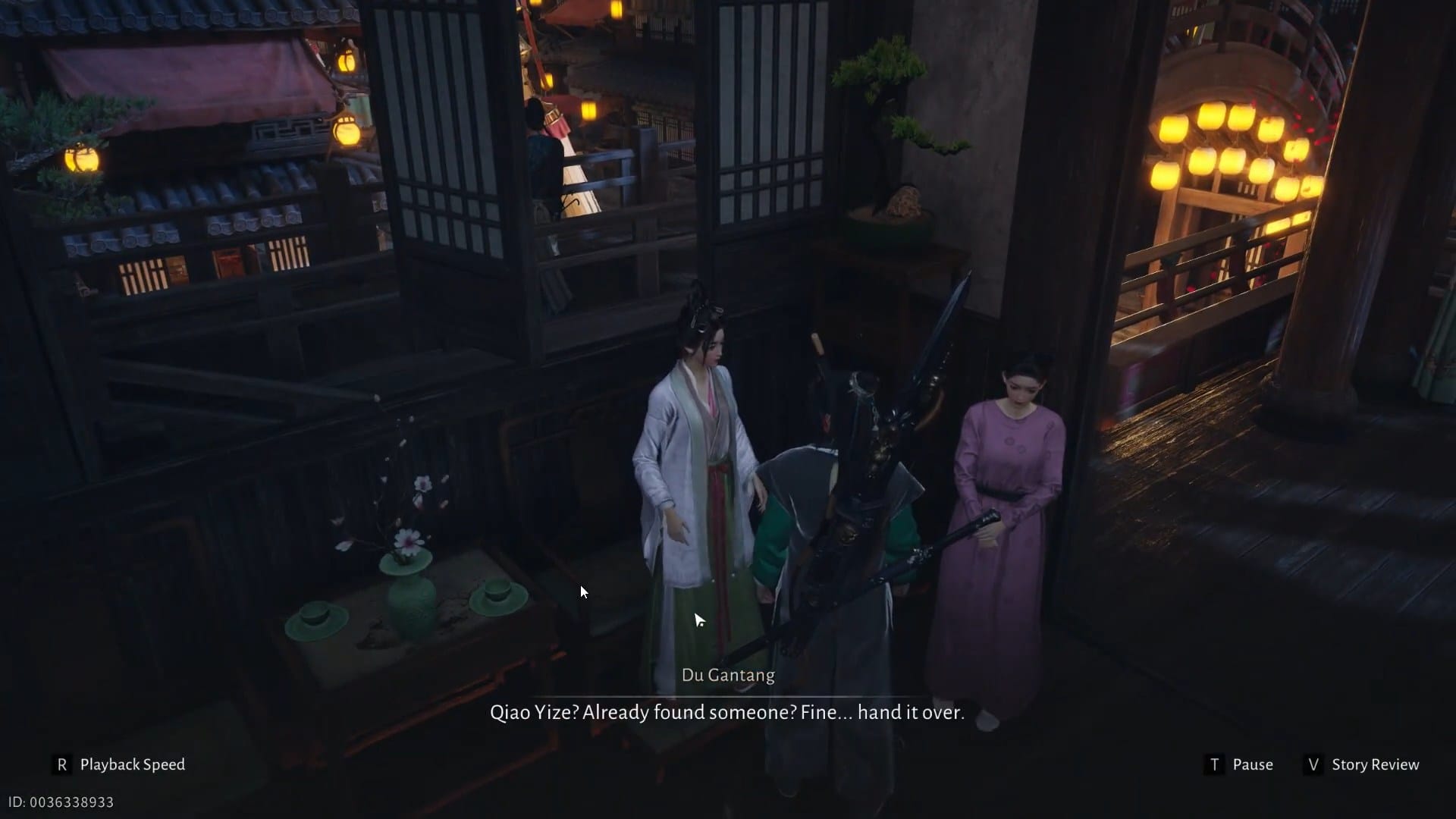

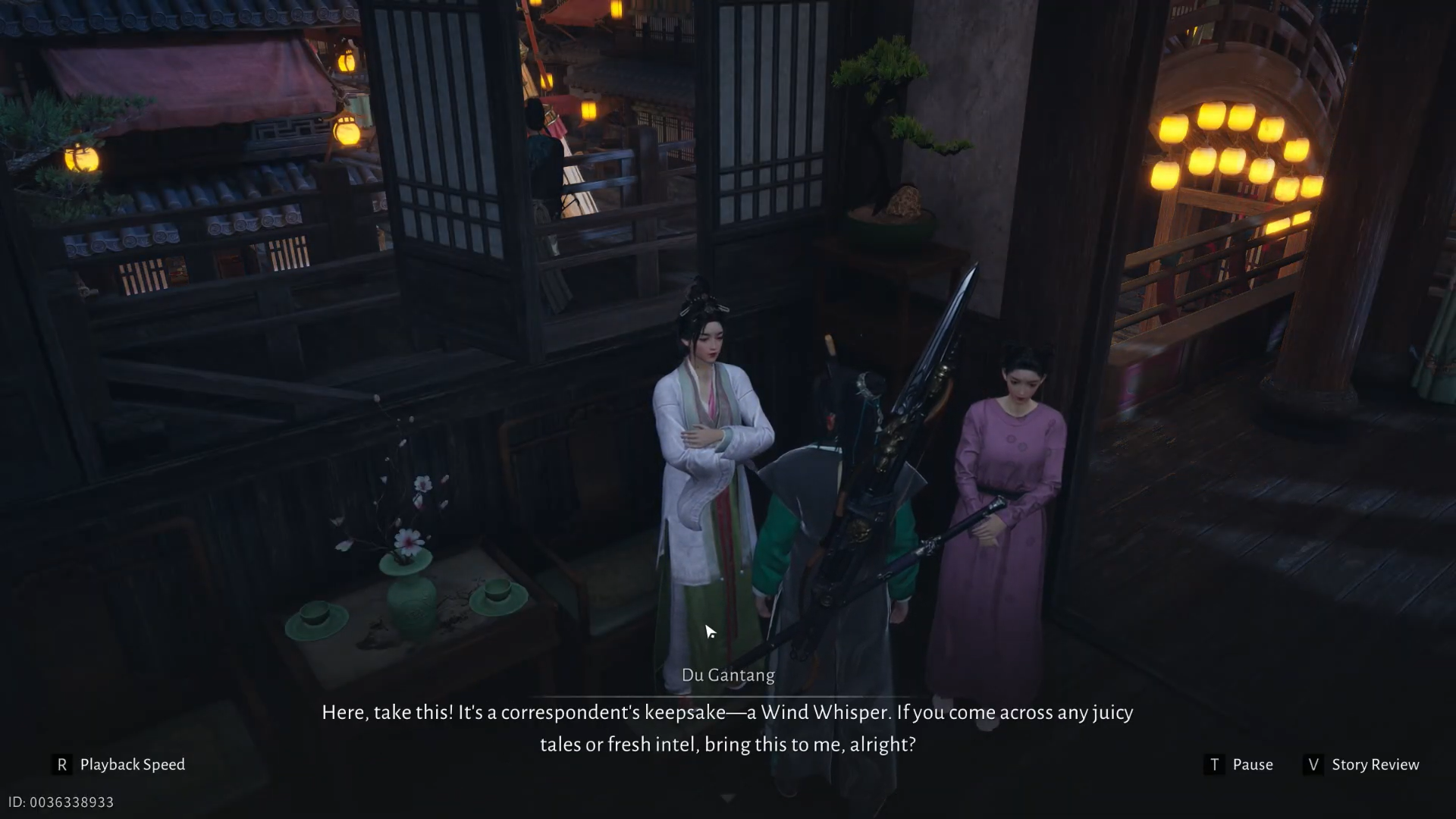
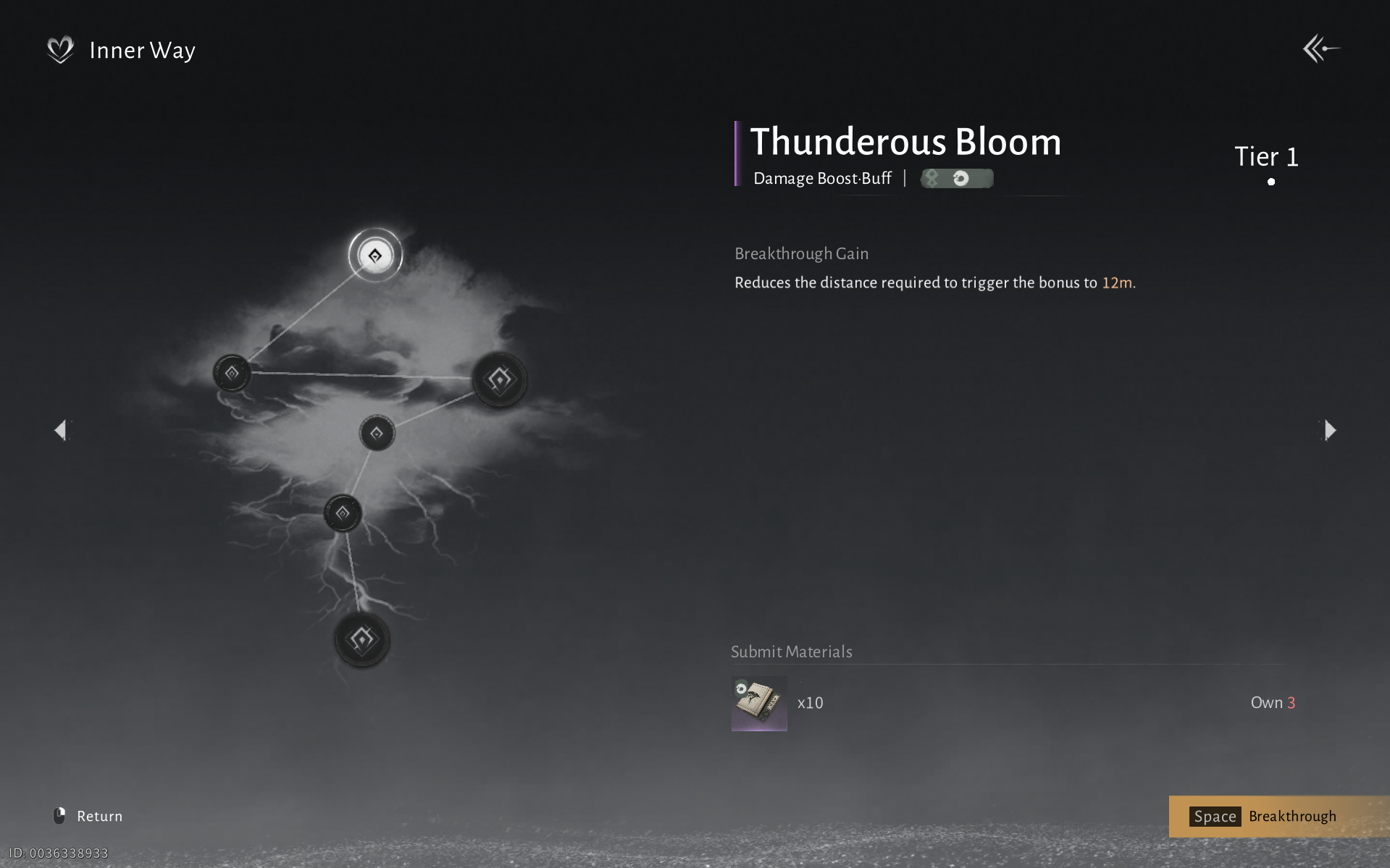
Discussion